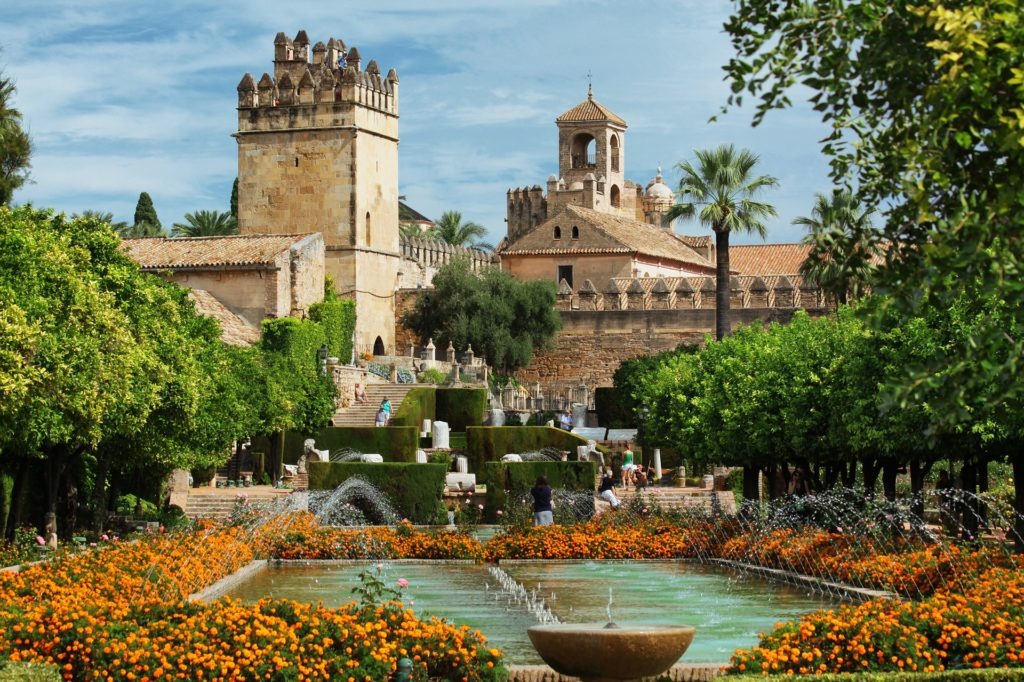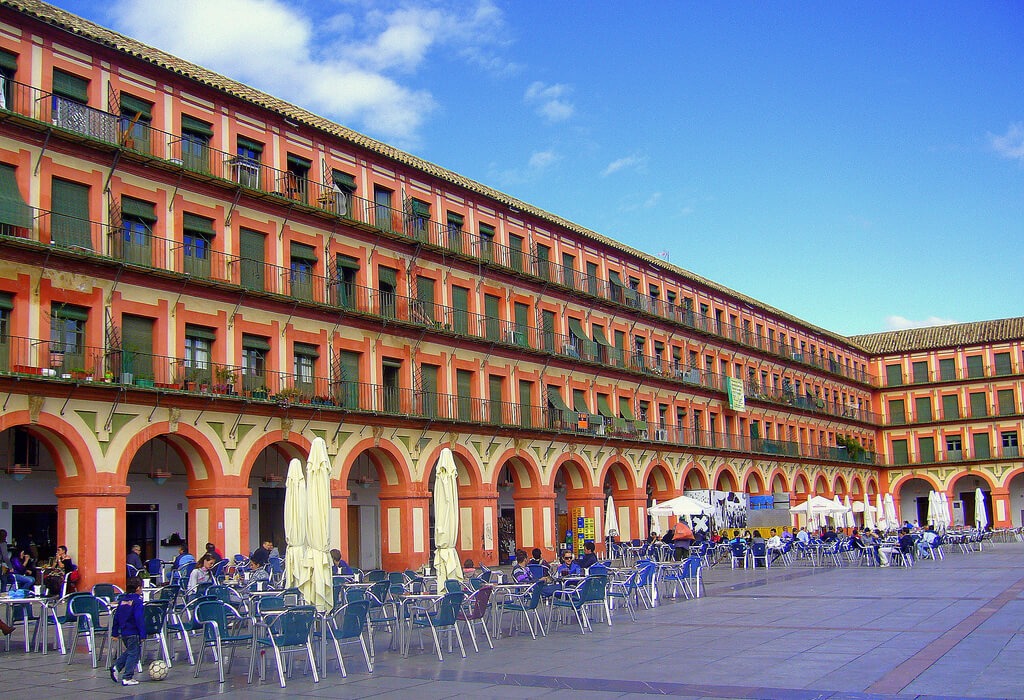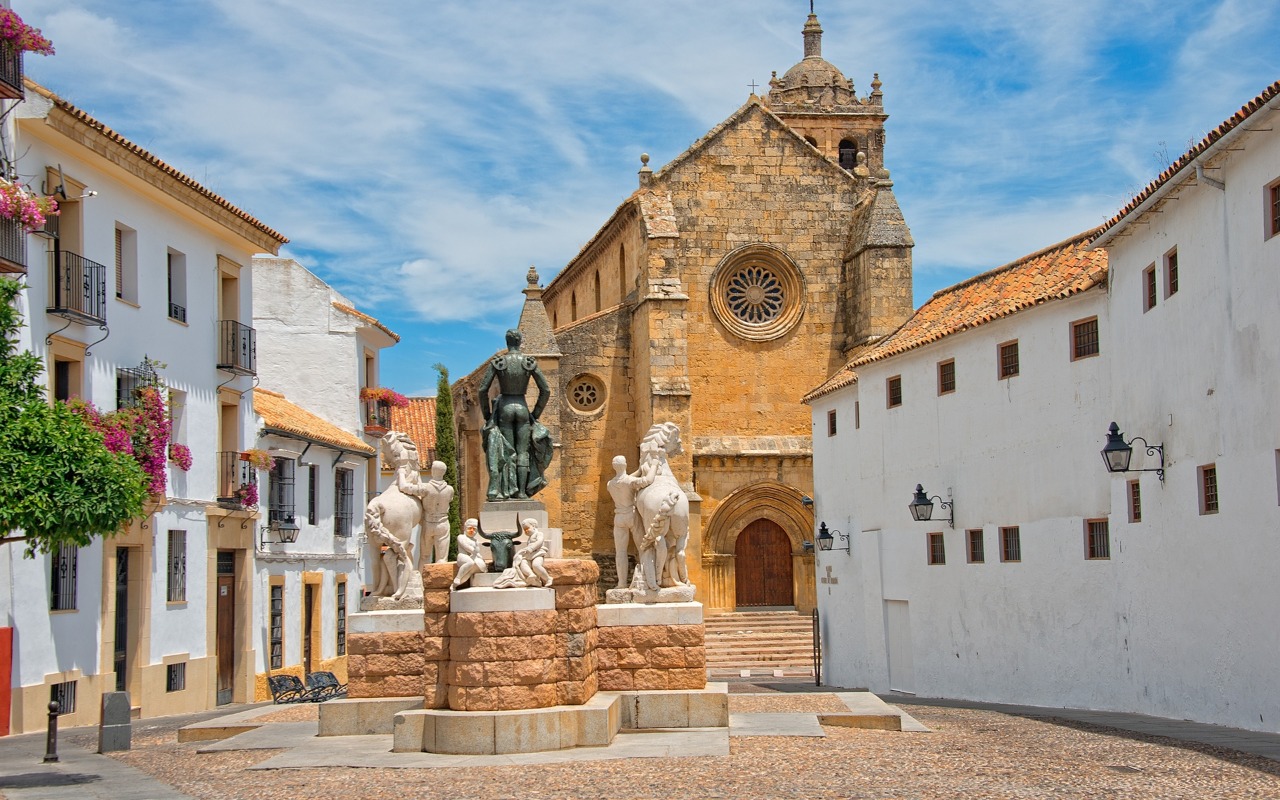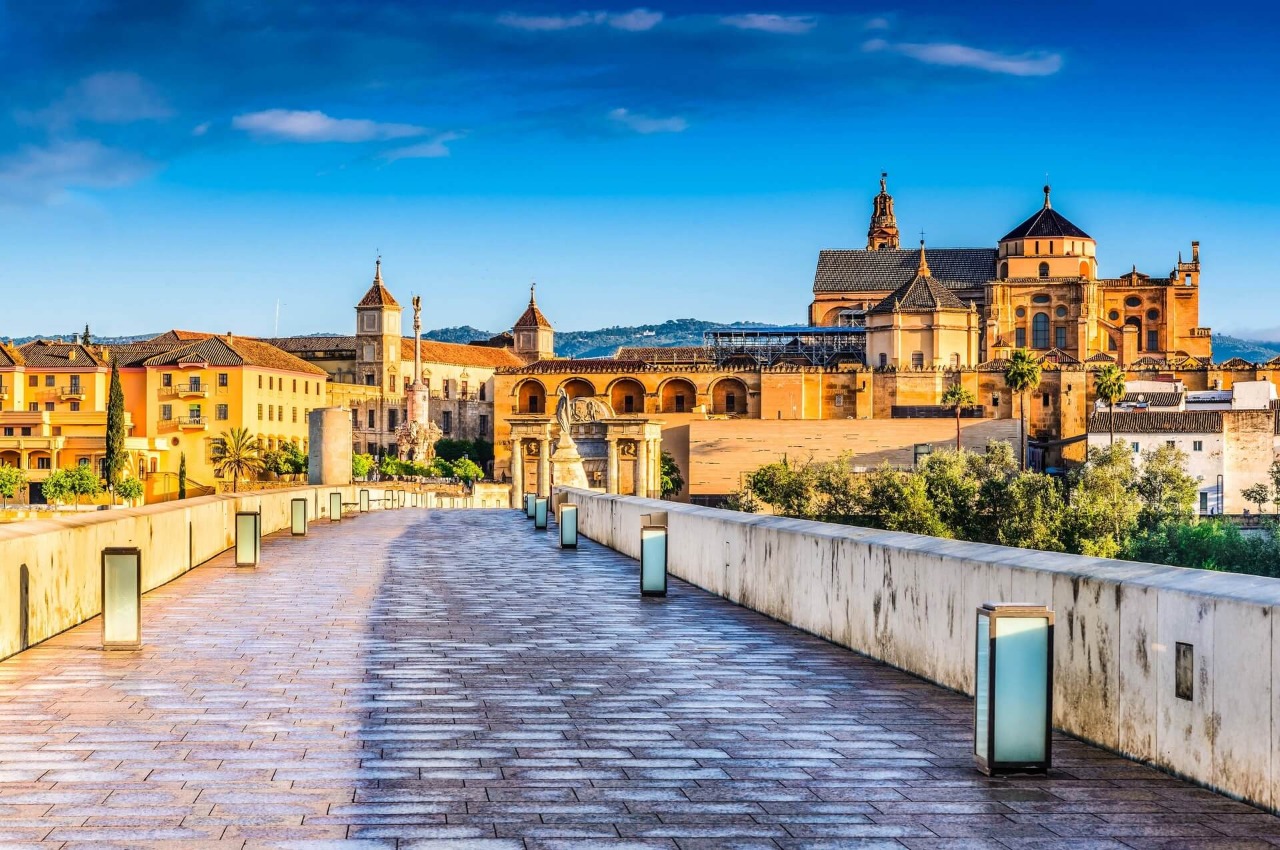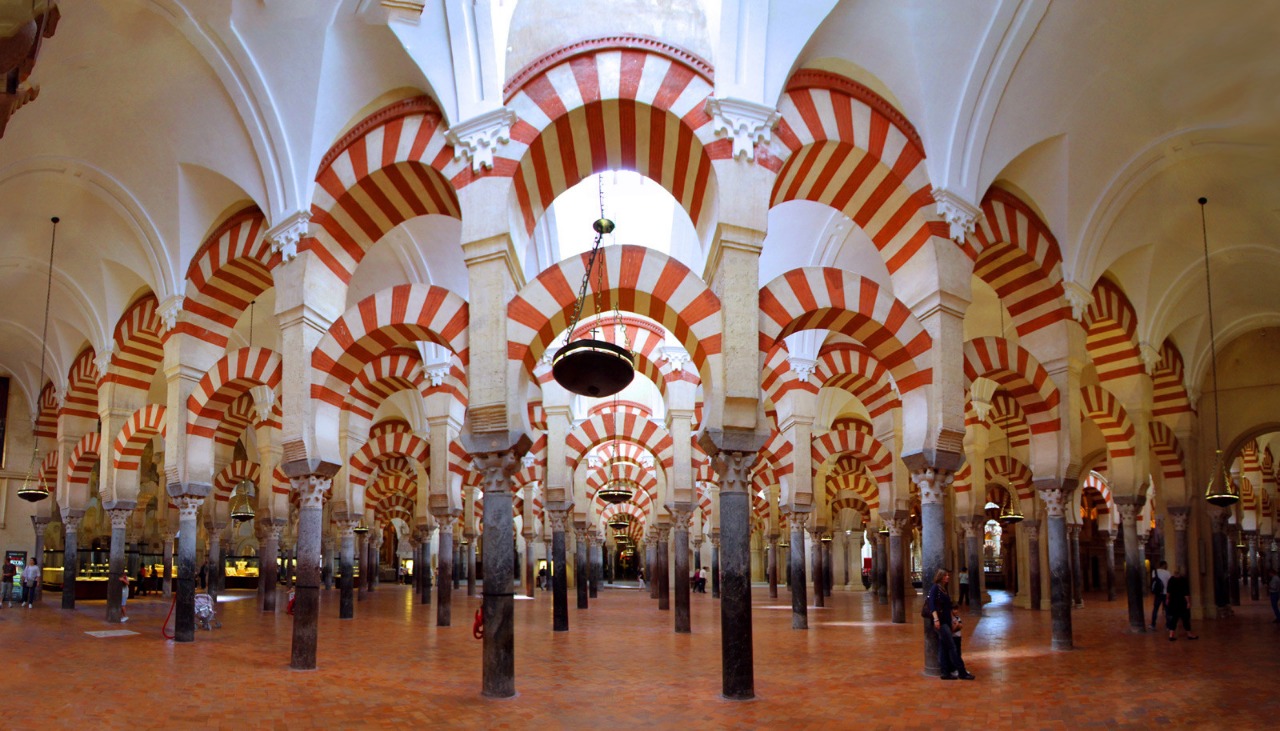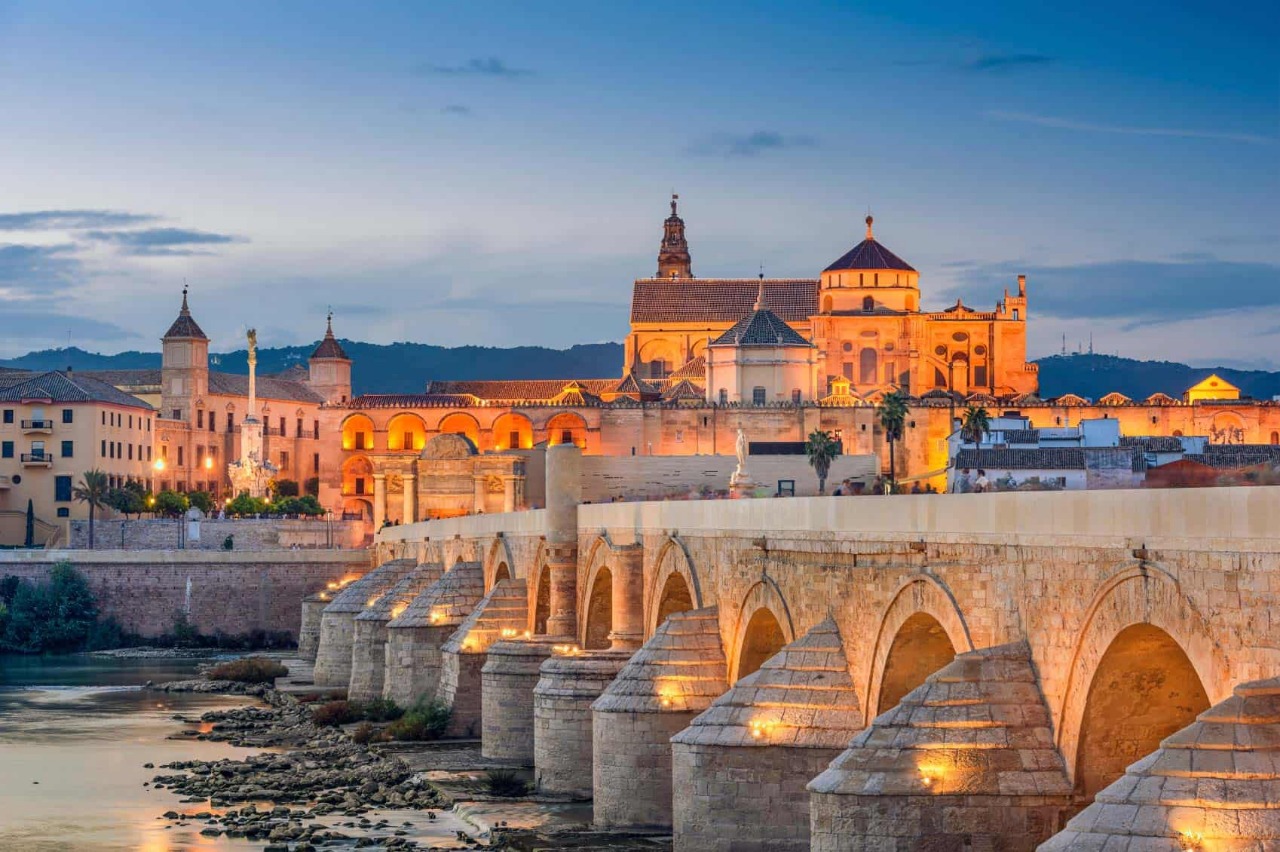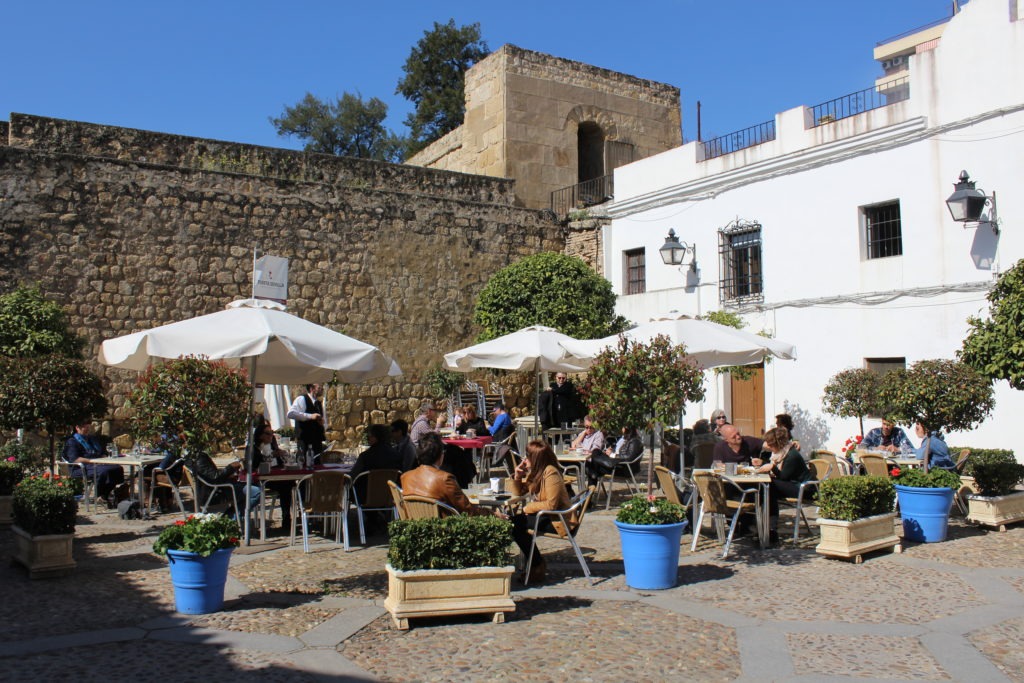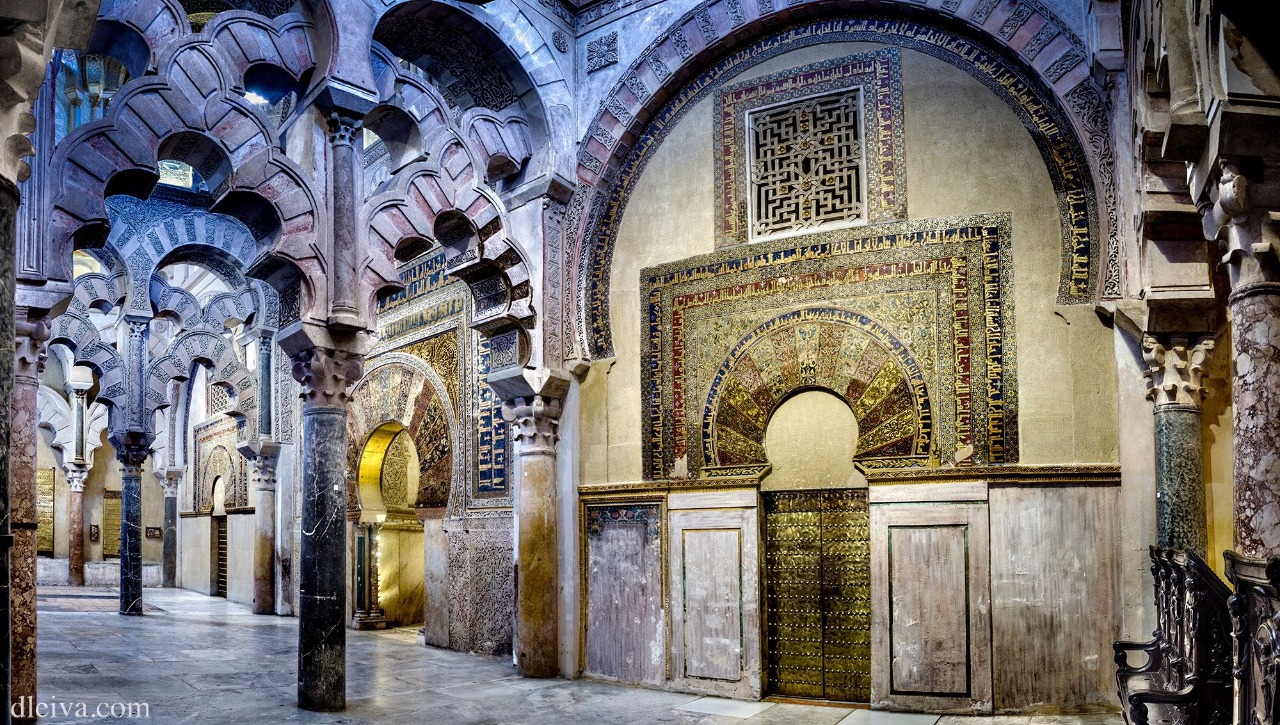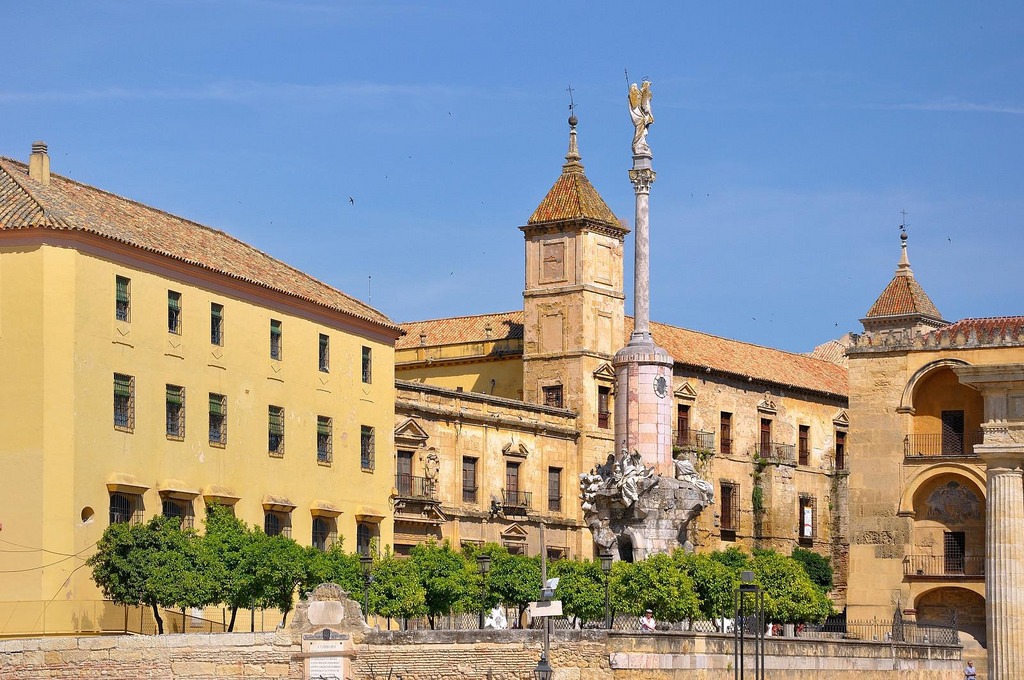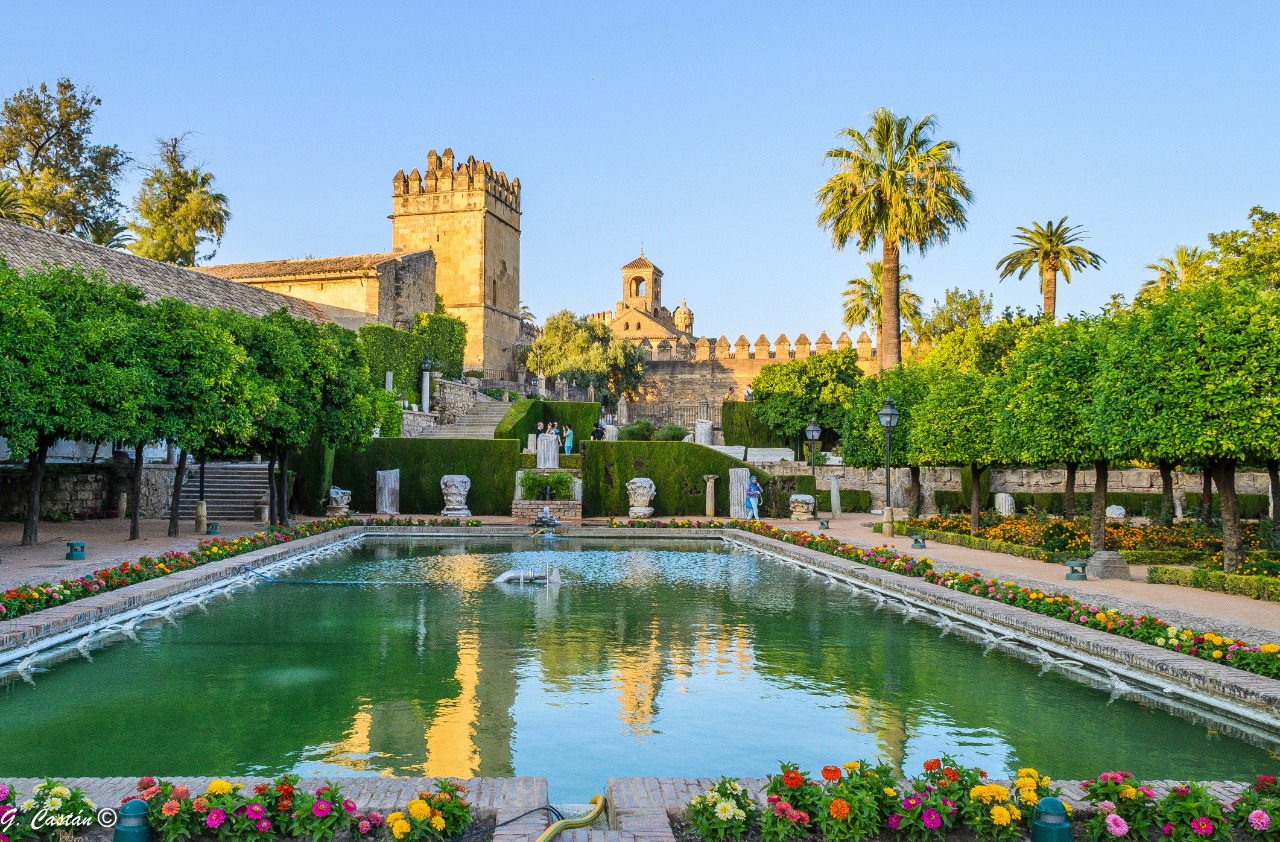Pictures of: Cordoba, Spain
Location map
Airports
Hotels and other Accommodation
What to visit
Where to Eat
Where to have fun
World Nomads
The Travel Insurance with the largest coverage

The Travel Insurance with the largest coverage

Cordoba
Cordoba is a city in the Andalusia region of southern Spain, and the capital of the province of Cordoba.
An Iberian and Roman city in ancient times during the post-classical period (Middle Ages), which became the capital of an Islamic caliphate. The old town contains several architectural landmarks of the time that was the capital of Ulterior Hispania during the Roman Republic, Hispania Baetica during the Roman Empire, and while as Qurṭubah, the capital of the Islamic Caliphate of Cordoba, including most of the Iberian Peninsula.
An Iberian and Roman city in ancient times during the post-classical period (Middle Ages), which became the capital of an Islamic caliphate. The old town contains several architectural landmarks of the time that was the capital of Ulterior Hispania during the Roman Republic, Hispania Baetica during the Roman Empire, and while as Qurṭubah, the capital of the Islamic Caliphate of Cordoba, including most of the Iberian Peninsula.
Tourism
Cordoba is about a thousand years old, being a living legacy of different cultures that have settled here throughout its history.
Not many places in the world can say they have been the capital of Hispania Ulterior (More Spain) under the Roman Empire, and capital of the Umayyad Caliphate.
This splendor can also be seen because of the intellectualism of this city of knowledge, where figures like Seneca, Averroes or Maimonides were born.
Around the old quarter is a beautiful network of whitewashed alleys, squares and courtyards surrounding the Great Mosque - Cathedral, which reflects the importance of the city in the Middle Ages and is the symbol of the city.
Without ignoring its splendid past, Cordoba is definitely a modern city that has been able to adapt to today, offering the most modern infrastructure and services as well as a large hotel chain.
Very well connected with the other Andalusian capitals, Córdoba also has the high speed train (AVE) and an extensive rail network connecting it to all major cities such as Madrid and Seville. Once within the city, a large network of buses and taxis allow visitors to reach any destination within minutes.
Cordoba is also synonymous with art, culture and leisure, thanks to a multitude of cultural events that are organized here throughout the year: flamenco festivals, concerts, ballet and other activities that are complemented by a number of museums and a lively nightlife. .
Meanwhile, the province is home to important Andalusian heritage buildings, the largest of which is the Medina Azahara, located on the outskirts of the city. But there is also great spectacle for nature lovers. The Sierra de Cardeña parks in Los Pedroches and Montoro, the Hornachuelos Serra and Subbética Mountains offer the possibility to practice all kinds of outdoor sports, while at the same time enjoying the natural richness of this province.
Not many places in the world can say they have been the capital of Hispania Ulterior (More Spain) under the Roman Empire, and capital of the Umayyad Caliphate.
This splendor can also be seen because of the intellectualism of this city of knowledge, where figures like Seneca, Averroes or Maimonides were born.
Around the old quarter is a beautiful network of whitewashed alleys, squares and courtyards surrounding the Great Mosque - Cathedral, which reflects the importance of the city in the Middle Ages and is the symbol of the city.
Without ignoring its splendid past, Cordoba is definitely a modern city that has been able to adapt to today, offering the most modern infrastructure and services as well as a large hotel chain.
Very well connected with the other Andalusian capitals, Córdoba also has the high speed train (AVE) and an extensive rail network connecting it to all major cities such as Madrid and Seville. Once within the city, a large network of buses and taxis allow visitors to reach any destination within minutes.
Cordoba is also synonymous with art, culture and leisure, thanks to a multitude of cultural events that are organized here throughout the year: flamenco festivals, concerts, ballet and other activities that are complemented by a number of museums and a lively nightlife. .
Meanwhile, the province is home to important Andalusian heritage buildings, the largest of which is the Medina Azahara, located on the outskirts of the city. But there is also great spectacle for nature lovers. The Sierra de Cardeña parks in Los Pedroches and Montoro, the Hornachuelos Serra and Subbética Mountains offer the possibility to practice all kinds of outdoor sports, while at the same time enjoying the natural richness of this province.
Gastronomy
Cordoba, as a good example of Andalusian and Mediterranean cuisine, has numerous high quality food products.
For many critics, Cordoba is the capital of Andalusian cuisine par excellence.
Nowadays, it is still possible to notice the Muslim influence on the rich flavors and smells of their dishes.
One of the most commonly used ingredients in dishes in this province is olive oil. Cordoba Iezas Olives have unlimited use, whether in salads, salmorejos, chips or, in general, in all the specialties of your kitchen.
Two of the high quality oils have the designation of origin São Baena y Priego de Códoba and Montoro - Adamuz, which with their aroma and fruity taste contribute to enhance the flavors of other foods.
But apart from oil, Cordoba's traditional cuisine is based on products from the countryside. Of the farms, the most outstanding are beans, artichokes, tomatoes, etc., and it is very common in hot seasons to find cold vegetable soups such as gazpacho or salmorejo.
As good Andalusians, they know how to combine perfectly, the wide variety of products combining vegetables with meat and fish, to create typical dishes, such as the traditional boiled oxtail stew, the Cordoba chanfana, the Cordoba pot or the rack of lamb.
But if cold meat is what drives you crazy, then Córdoba stands out in the Iberian pork ham of the Valle de los Pedroches, Pozo Blanco sirloin and salami, and Fuente Ovejuna and Hinojosa black sausage.
From the Guadalquivir Valley and the countryside we get the basic cereals, fruits and grains for healthy eating. In addition, its geographical location allows you to always have fresh fish on the countertops of your markets.
As for desserts, in Córdoba it is also possible to notice the great Arab influence, highlighting, among others, Pastel Cordobés, a dessert with a base of puff pastry and pumpkin, to which some add ham.
Puente Genil quince jam, made with apple-like fruit, is another of the typical desserts. The Roscos de Priego, the Merengues de Aguilar (a snow-beaten egg white base), the Pestiños, the Alfajores, made with honey and almonds, the Polvorones or Perrunas butter, are good examples of what tourists can enjoy during your stay in the city.
For many critics, Cordoba is the capital of Andalusian cuisine par excellence.
Nowadays, it is still possible to notice the Muslim influence on the rich flavors and smells of their dishes.
One of the most commonly used ingredients in dishes in this province is olive oil. Cordoba Iezas Olives have unlimited use, whether in salads, salmorejos, chips or, in general, in all the specialties of your kitchen.
Two of the high quality oils have the designation of origin São Baena y Priego de Códoba and Montoro - Adamuz, which with their aroma and fruity taste contribute to enhance the flavors of other foods.
But apart from oil, Cordoba's traditional cuisine is based on products from the countryside. Of the farms, the most outstanding are beans, artichokes, tomatoes, etc., and it is very common in hot seasons to find cold vegetable soups such as gazpacho or salmorejo.
As good Andalusians, they know how to combine perfectly, the wide variety of products combining vegetables with meat and fish, to create typical dishes, such as the traditional boiled oxtail stew, the Cordoba chanfana, the Cordoba pot or the rack of lamb.
But if cold meat is what drives you crazy, then Córdoba stands out in the Iberian pork ham of the Valle de los Pedroches, Pozo Blanco sirloin and salami, and Fuente Ovejuna and Hinojosa black sausage.
From the Guadalquivir Valley and the countryside we get the basic cereals, fruits and grains for healthy eating. In addition, its geographical location allows you to always have fresh fish on the countertops of your markets.
As for desserts, in Córdoba it is also possible to notice the great Arab influence, highlighting, among others, Pastel Cordobés, a dessert with a base of puff pastry and pumpkin, to which some add ham.
Puente Genil quince jam, made with apple-like fruit, is another of the typical desserts. The Roscos de Priego, the Merengues de Aguilar (a snow-beaten egg white base), the Pestiños, the Alfajores, made with honey and almonds, the Polvorones or Perrunas butter, are good examples of what tourists can enjoy during your stay in the city.
Weather
Cordoba has a Mediterranean climate with Atlantic influences. Winters are mild, although with some frosts, and summers are very hot, with significant and noticeable changes in temperature and the highest temperatures in Europe, sometimes reaching up to 40 ° C or more.
Although minimum temperatures are cooler in July and August, the average minimum temperature is over 27 ° C (the highest in Spain and Europe).
Rain is concentrated in the colder months as a result of the entry of low-pressure centers in the West, which is more usual from December to February.
Although minimum temperatures are cooler in July and August, the average minimum temperature is over 27 ° C (the highest in Spain and Europe).
Rain is concentrated in the colder months as a result of the entry of low-pressure centers in the West, which is more usual from December to February.
Other tourist destinations in:
Spain
Spain
Other world tourist destinations
Why to book with TOURISTIC ROUTES
The best prices
Our partnerships with the world´s largest operators offer research on the best market prices.
More options
At Rotas Turisticos you can book the hotel, buy the air ticket, book the transfer from the airport to the hotel and vice versa, book the local excursions, rent the car, take travel insurance and consult the places to visit and where to go.
Holiday Tips & Destinations
Hundreds of holiday destinations with all the options that allow you to easily choose the destination that best suits your dream vacation.
TOURISTIC ROUTES
Links

